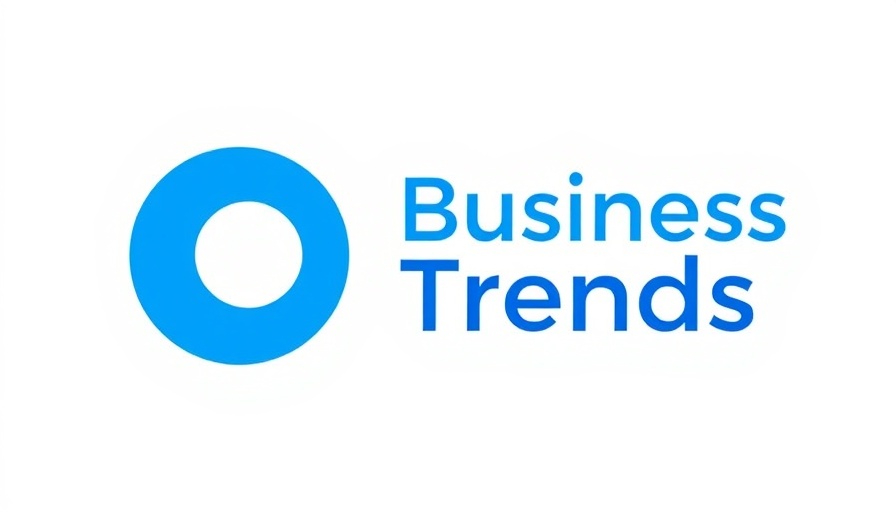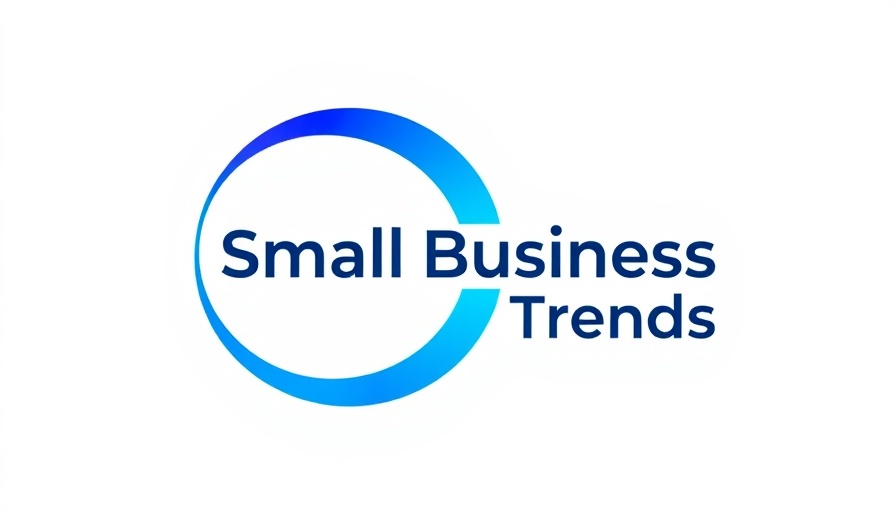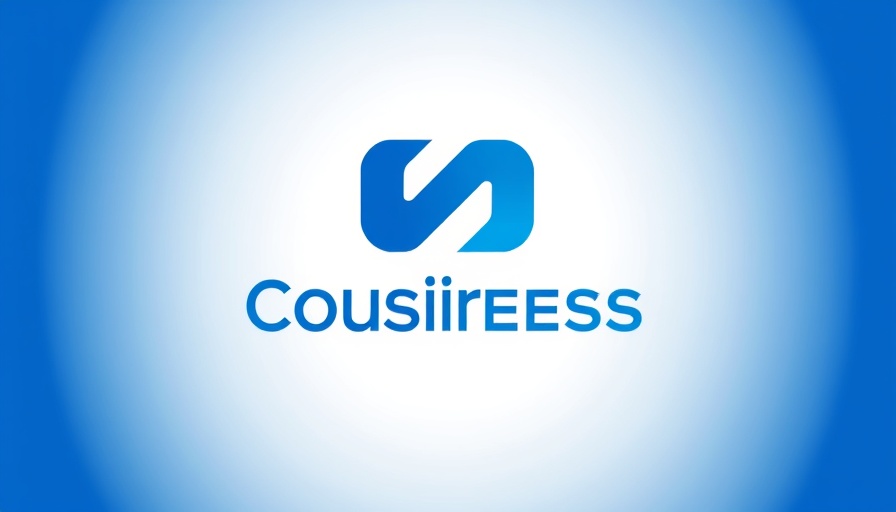
Unlocking the Power of Social Media Ads for Businesses
In an era where digital presence dictates a brand's success, social media advertising has emerged as a vital tool for businesses of all sizes. With platforms like Facebook and Instagram boasting billions of active users, the opportunity to connect with potential customers is unprecedented. This article explores how businesses can maximize their outreach through effective social media ads.
Why Social Media Advertising Matters
Social media advertising allows companies to enhance their online visibility and foster meaningful engagement within their target demographics. By using these platforms, businesses can drive customer acquisition and cultivate loyalty, establishing a pipeline of repeat business and referrals.
Targeting and Profitability: The Advantages of Social Media Ads
One of the standout features of social media ads is their ability to offer precise targeting options. Advertisers can customize their campaigns to engage particular demographics based on interests, behaviors, and even purchase history. This efficiency leads to a higher likelihood of conversions, making every advertising dollar count. Additionally, social media advertising is often more cost-effective than traditional marketing methods; businesses only pay for the results they achieve.
Diverse Formats to Capture Attention
Utilizing a mix of ad formats—be it eye-catching images, engaging videos, or interactive carousels—can significantly improve audience engagement. Different social media platforms provide a variety of formats tailored to their user base, allowing businesses to showcase their unique selling points effectively.
Constantly Evolving Strategies
In the fast-paced digital landscape, staying ahead means continuously optimizing advertising strategies. Business owners should regularly analyze ad performance data to identify what works and what doesn’t. Implementing A/B testing can lead to insights that refine approaches and improve engagement metrics dramatically.
Conclusion: Get Started with Social Media Advertising Today
In conclusion, leveraging social media ads is no longer an option but a necessity for businesses aiming to thrive in today’s marketplace. With the opportunity to effectively reach vast audiences and target potential customers uniquely, businesses that embrace this avenue can enjoy significant returns on their investment. The time to maximize your reach with social media ads is now!



Write A Comment